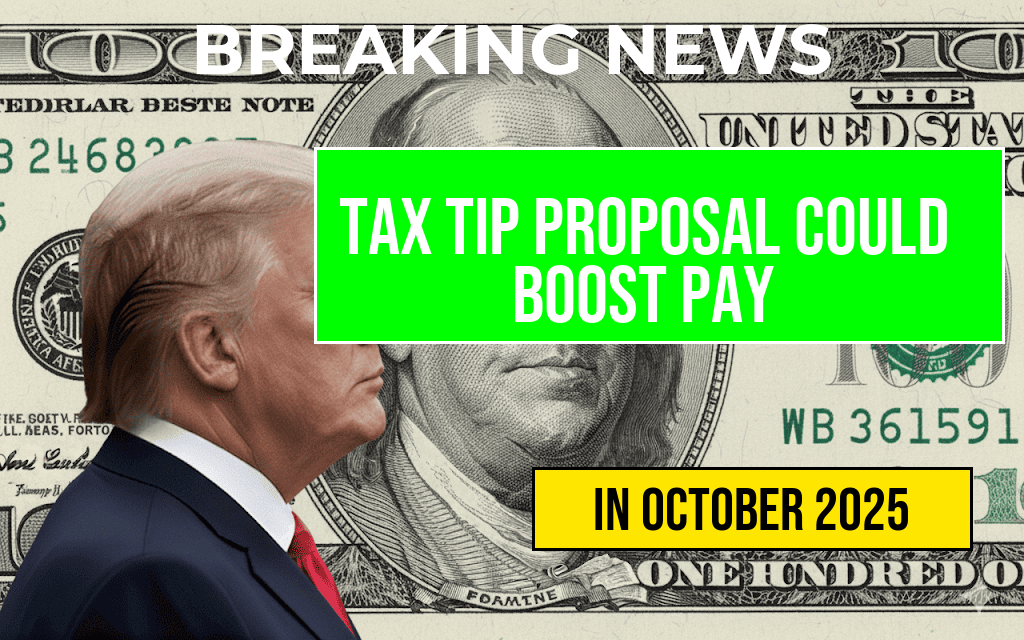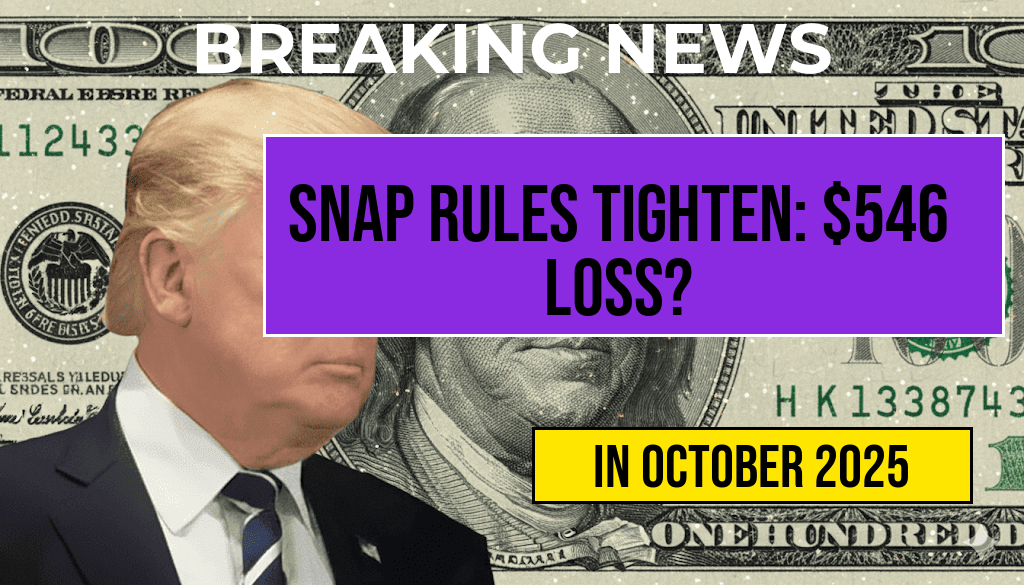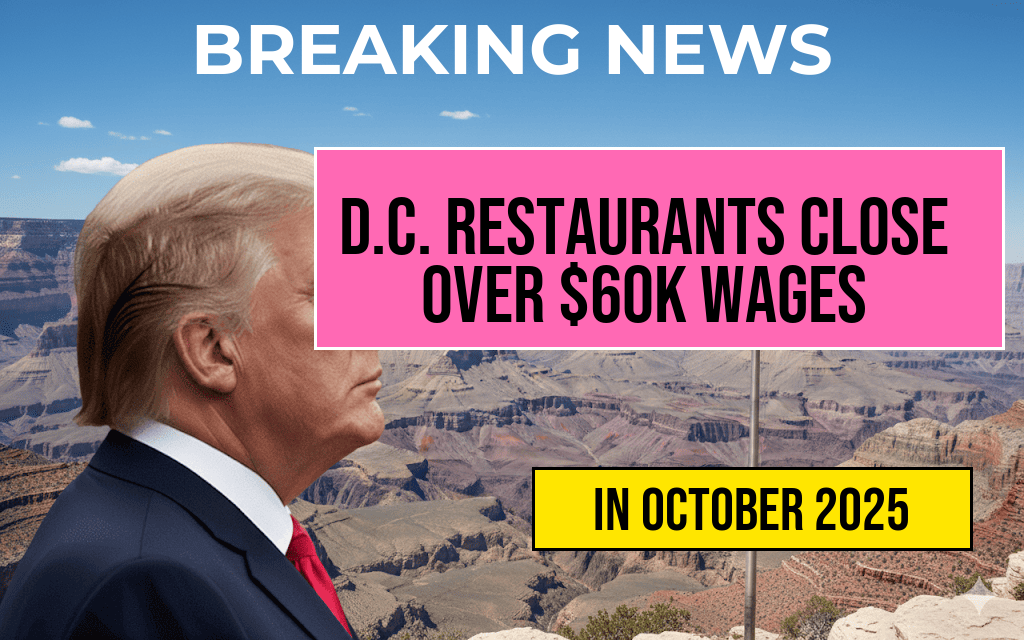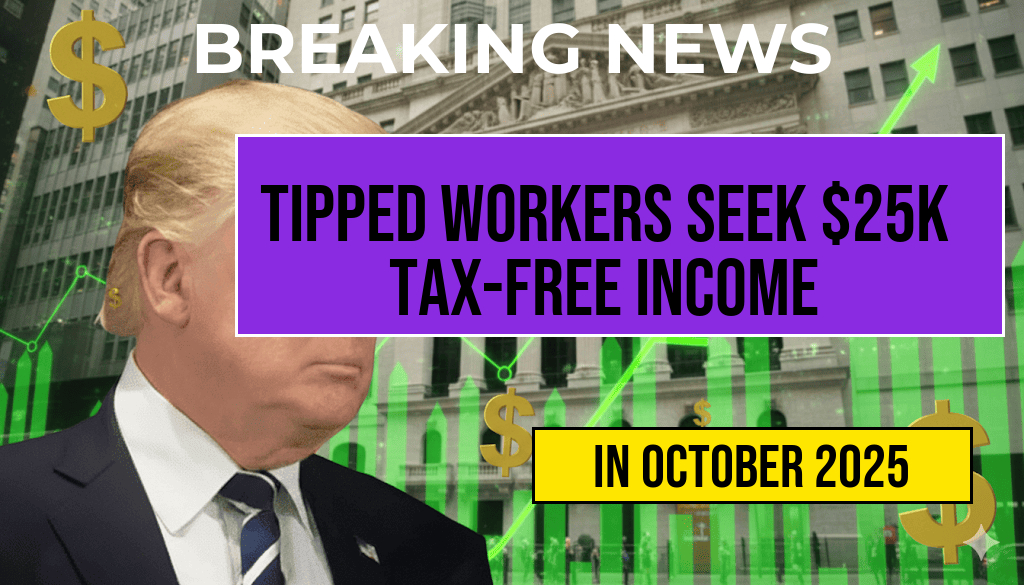DC Restaurants See Dining Surcharges Surpass $20 Per Check Amid Wage Regulation Changes
Patrons dining in Washington, D.C., are now facing unprecedented surcharges that push their total bills beyond $20 per check, a direct consequence of recent changes to local wage regulations. Over the past few months, several restaurants have implemented additional fees to offset increased labor costs driven by new minimum wage laws and mandated benefits. These surcharges, often labeled as “service fees” or “healthcare surcharges,” are now a common feature on menus across the city, transforming the traditional dining experience and raising questions about transparency and affordability.
While some establishments openly communicate these fees upfront, others include them subtly within the final bill, leading to a wide variation in how much diners pay. Industry analysts note that these surcharges are a response to the city’s efforts to elevate wages for restaurant staff, which have significantly increased operational expenses. The impact extends beyond individual bills, influencing the local restaurant economy and prompting discussions about wage policies, pricing strategies, and consumer rights.
Wage Regulations and Their Impact on Restaurant Operations
Washington, D.C., has been at the forefront of raising the minimum wage, with phased increases aimed at reaching $15.00 per hour for many workers by 2025. These regulations, part of broader efforts to improve living standards, have unintended consequences for the hospitality sector. Restaurateurs argue that higher wages, while beneficial for employees, have prompted a rise in menu prices and additional fees to maintain profitability.
| Year | Minimum Wage | Notes |
|---|---|---|
| 2020 | $15.00 (scheduled) | Incremental increases began |
| 2022 | $15.00 | Full implementation expected |
| 2023 | Adjusted for inflation | Additional surcharges introduced by some restaurants |
Industry representatives emphasize that this shift is necessary to ensure fair wages but acknowledge that it complicates pricing structures. “We’re committed to paying our staff a living wage, but the rising costs inevitably trickle down to consumers,” said a spokesperson for the D.C. Restaurant Association.
What Are the New Surcharges and How Are They Applied?
Many restaurants have adopted various surcharge models to compensate for wage hikes. These include flat fees added to each bill, percentage-based charges, or itemized line fees. Typically, these surcharges are justified as covers for increased labor costs and benefits, such as healthcare and paid leave.
According to recent customer receipts analyzed by local media, surcharges can range from $2 to over $5 per check, with some high-end establishments tacking on an extra 10% to 15% of the total bill. When combined with taxes and tipping, the final amount can easily surpass $20, especially during peak dining hours or for larger groups.
Consumer Reactions and Transparency Concerns
Reactions among diners have been mixed. Some appreciate the transparency and recognize the surcharges as necessary adjustments to support fair wages. Others express frustration over the lack of clear communication, feeling blindsided by unexpected fees at checkout.
- Proponents: Argue that surcharges help sustain a growing restaurant workforce and prevent layoffs.
- Opponents: Say that hidden fees diminish the dining experience and may violate consumer protection laws.
Several customer advocacy groups are calling for clearer disclosure policies, urging restaurants to specify surcharges during the ordering process. The District’s consumer protection agency is also reviewing whether some fee structures comply with local laws.
Implications for the Restaurant Industry and Consumers
The surge in surcharges signals a significant shift in how restaurants operate within Washington, D.C. Many establishments are reevaluating their pricing models, considering whether to absorb increased costs or pass them directly to patrons. Some are adopting dynamic pricing or offering promotional discounts to offset the higher bills, while others are cautiously increasing menu prices across the board.
From a consumer standpoint, this trend underscores the importance of understanding bill components and asking about additional fees upfront. As dining costs continue to rise, patrons are likely to become more selective in choosing where to eat, potentially shifting demand toward establishments that are more transparent about their pricing policies.
Expert Perspectives and Future Outlook
Economists and industry analysts predict that surcharges may become a permanent feature in Washington, D.C., and possibly other jurisdictions implementing similar wage policies. A recent report from Forbes suggests that as cities pursue higher wages, businesses will need to balance fair compensation with sustainable pricing strategies.
Meanwhile, some restaurateurs are exploring automation and efficiency improvements to mitigate rising labor costs without passing excessive charges onto customers. The debate around wage laws and their economic ripple effects continues, but the immediate effect remains clear: diners are paying more, and transparency is more critical than ever.
For more details on Washington, D.C.’s labor laws and their economic impact, visit Wikipedia’s page on wage law. To stay informed about local restaurant industry updates, check resources like Forbes.
Frequently Asked Questions
What are the main reasons for the increase in DC dining surcharges?
The increase in DC dining surcharges is primarily due to recent wage regulations that require higher wages for restaurant staff, leading establishments to pass on these costs to customers.
How much are the typical dining surcharges now exceeding per check?
Many restaurants in DC are adding surcharges that exceed $20 per check, reflecting the impact of increased labor costs caused by wage regulation changes.
Are the wage regulations in DC responsible for the surcharge increases?
Yes, wage regulations aimed at improving pay for restaurant workers have significantly contributed to the rising dining surcharges, as restaurants adjust their prices to cover higher labor costs.
Can customers expect these surcharges to be temporary or permanent?
While some restaurants may consider surcharges temporary to offset short-term costs, many establishments are adopting them as a permanent measure due to ongoing wage regulation impacts.
What options do customers have to manage increased dining surcharges in DC?
Customers can look for restaurants that include wage adjustments in their pricing or offer promotional deals, and can also choose dining options with lower or no surcharges to manage costs effectively.










